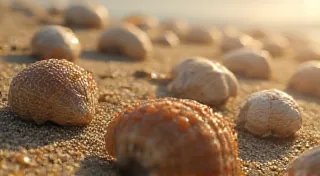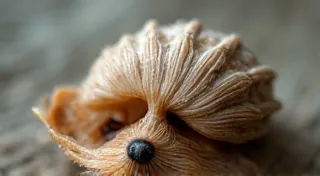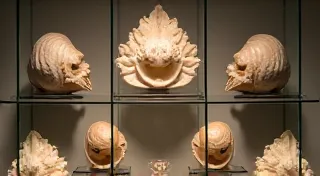Combining Shell Identification with Location Data
Identifying vintage shells can be a fascinating and rewarding hobby. Many collectors are drawn to the beauty and history contained within each specimen. While online resources and identification guides are incredibly helpful, truly accurate identification often benefits enormously from knowing the location where the shell was discovered. This article explores how combining shell identification with location data can drastically improve precision and deepen your understanding of your collection.
Why Location Matters in Shell Identification
Shells don't just appear randomly. Each species has a preferred habitat – a specific range of water temperature, salinity, depth, and substrate (sand, rock, mud). Knowing the general geographic location where a shell was found provides critical clues to its likely species. A shell found on a Caribbean beach will have a different potential species list than one found on the coast of Maine. Even within a relatively small area, subtle differences in environment can favor different species. The historical context and geological forces that shaped those environments often play a crucial role; understanding these factors can unlock deeper insights into a shell’s journey.
Consider these examples:
- Tropical vs. Temperate Zones: Species adapted to warm, tropical waters are unlikely to survive in colder, temperate regions.
- East vs. West Coasts: Ocean currents and coastal geology create vastly different marine environments along the east and west coasts of continents, leading to distinct shell populations. The very journey of a shell, carried by currents or deposited by ancient events, can be a story in itself, mirroring the wider history of the ocean.
- Deep vs. Shallow Water: Some shells are only found in deep ocean environments, while others thrive in shallow, intertidal zones.
Leveraging Location Information
So, how can you incorporate location data into your shell identification process? Here are several approaches:
1. Record the Provenance When Acquiring Shells
If you're purchasing shells from dealers or other collectors, always ask about the origin. Reputable sellers will be able to provide information about where the shells were found. Keep detailed records, noting the location as precisely as possible. Even a vague description ("Florida beach") is better than nothing. Sometimes, the origin story itself becomes a valuable part of the shell’s history, adding a layer of intrigue and provenance that further enhances its value.
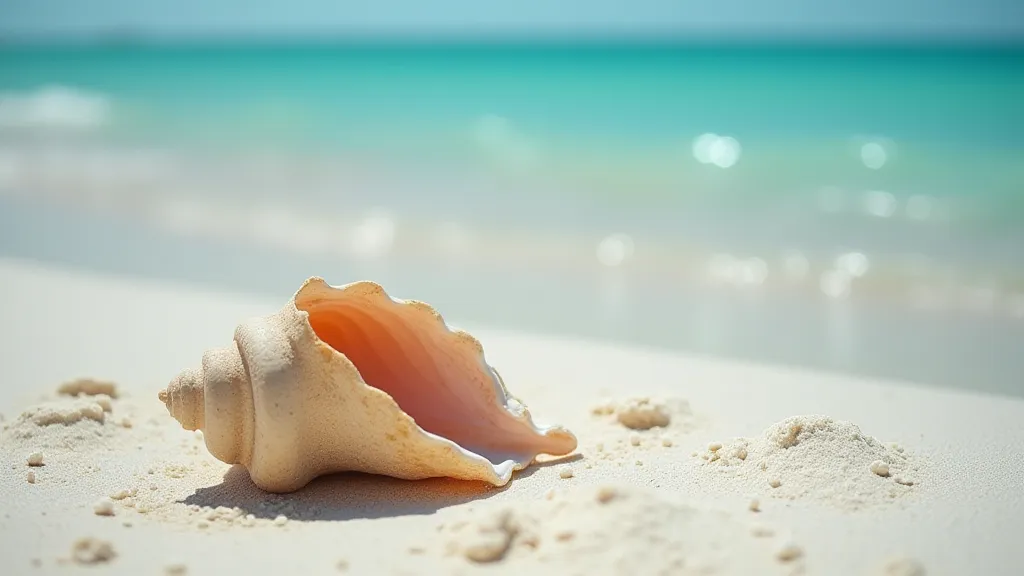
2. Document Finds Yourself
If you're a beachcomber, be meticulous about documenting your finds. Use a GPS device or smartphone app to record the exact coordinates of where you discovered each shell. Take note of the surrounding environment – the type of beach (sandy, rocky, muddy), the vegetation, and the water depth. This information will be invaluable later when trying to identify the shell. Many collectors also take detailed photographs to document the condition of their finds; ensuring they capture the shell’s subtle nuances and any signs of potential repairs is critical to authentication - see our guide on detecting repairs & fakes. The act of collecting can be more than just acquiring specimens; it can be an exploration of the local ecosystem, a personal connection to the ocean’s rhythm. The patterns and relationships you observe – the distribution of shells, the types of rock, the presence of certain plants – can reveal surprising insights into the local environment.
3. Research Local Shell Populations
Familiarize yourself with the typical shell species found in your local area. Local shell guides, museum collections, and online forums dedicated to shell collecting can be excellent resources. Knowing what species are commonly found will narrow down the possibilities when trying to identify a shell. It’s fascinating to consider how these seemingly static objects are actually intertwined with the history of human interaction with the sea, often appearing in jewelry and crafts throughout the ages.
4. Consider the Geological History of the Area
The geological history of a location can also provide important clues. Glacial periods, changes in sea level, and tectonic activity have all influenced the distribution of marine life. Knowing the geological history of an area can help you understand why certain shell species are found there. For instance, understanding how past glacial activity has shaped coastal landscapes can explain why certain shell species are found far inland from current shorelines. These shells, once part of a vibrant marine ecosystem, now serve as tangible reminders of dramatic shifts in sea levels and landscapes. The study of such relics allows us to connect with the deep time of the Earth, contemplating the immense power of geological forces.
Beyond Identification: Understanding Shell Distribution
Combining shell identification with location data goes beyond simply naming a shell. It allows you to understand its ecological context – its relationship to its environment and its place within the larger marine ecosystem. This deeper understanding enriches your collecting experience and makes you a more informed and knowledgeable shell enthusiast. It’s a process of weaving together scientific observation, historical research, and personal connection to the natural world. The very act of collecting can become a journey into the ocean’s past, revealing stories of migration, adaptation, and survival. Think of each shell as a tiny messenger, carrying within its form a fragment of a larger story – a story of the ocean’s depths, the earth’s movements, and the intricate web of life that connects us all.
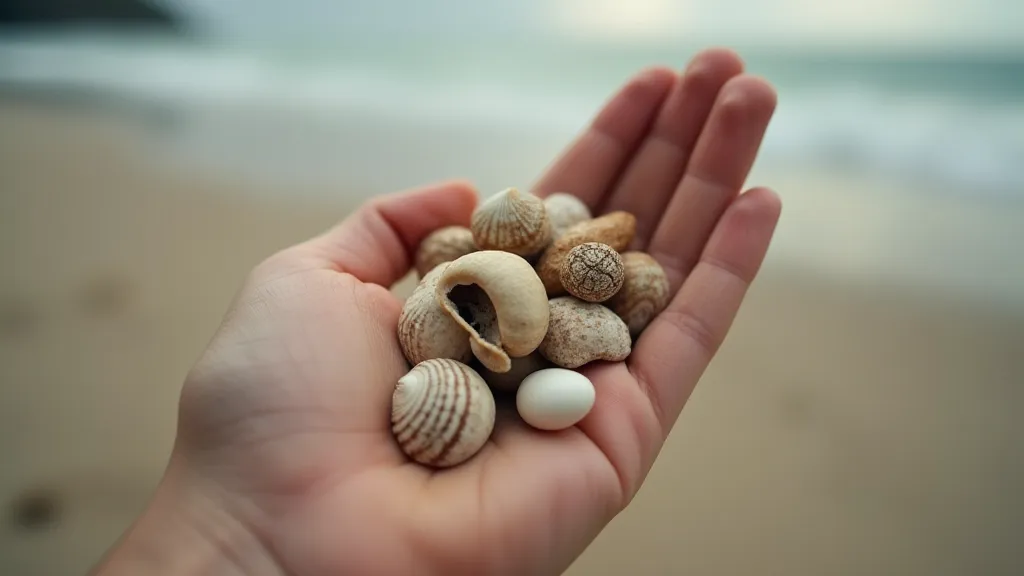
The Emotional Resonance of Shells: Loss, Resilience, and Cartography
Sometimes, the significance of a shell extends beyond its scientific identification and location data. Shells can evoke profound emotions – a sense of loss, resilience, or longing for a distant past. For some collectors, the pursuit is driven by a desire to connect with something ancient and enduring, a longing for a world that feels both familiar and profoundly distant. The journey of a shell collector can be a deeply personal exploration of grief, memory, and the passage of time. Thinking about the deep emotional impact shells can have on a collector brings to mind the silent dialogue shells represent as a metaphor for loss and resilience. It’re also intrinsically linked to the idea of cartography and the collector’s desire to map and understand the world.
Resources for Location-Based Shell Identification
Several online resources can help you combine shell identification with location data:
- Online Shell Databases: Many online shell databases allow you to filter results by geographic location.
- Museum Collections: Museum websites often have online collections of shells, including data about their provenance.
- Shell Collecting Forums: Online forums dedicated to shell collecting are a great place to ask questions and share information with other enthusiasts.
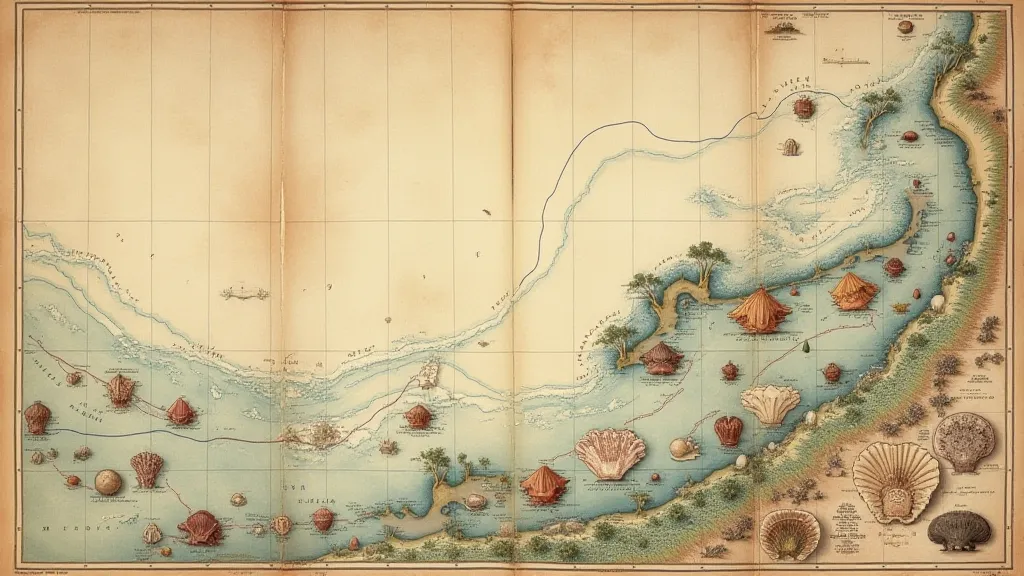
The Mystery of Shell Distribution and the Collector’s Longing
Understanding the distribution of shells is not just about geography and geology; it’s also about uncovering the mystery of their presence in unexpected places. The journey to understand how a particular shell ended up on a distant beach can lead to fascinating discoveries about ocean currents, past climates, and the interconnectedness of marine ecosystems. The collector's desire to chart these connections, to map the pathways of these tiny travelers, mirrors a deeper longing to understand the world and its hidden stories. The challenge of understanding how a shell arrives in such unexpected places resonates strongly with the theme of echoes of the abyss: cartography and the collector’s longing.
Conclusion
Accurate shell identification is a journey that benefits greatly from considering the location where the shell was found. By meticulously recording provenance, researching local shell populations, and understanding the geological history of an area, you can significantly improve your identification skills and gain a deeper appreciation for the fascinating world of vintage shells. It’s more than just collecting; it's about uncovering stories, connecting with the past, and embracing the wonder of the natural world.
